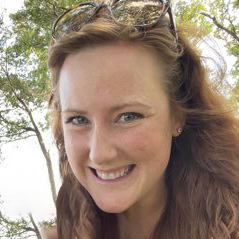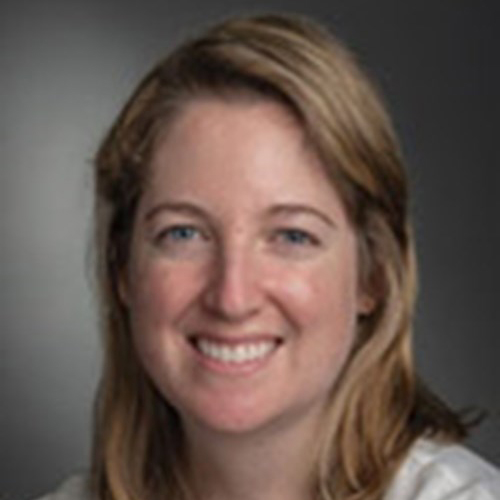
Case Study: Approaches for Double-Refractory Patients
Last Updated: Wednesday, October 25, 2023
Amber Koehler, PA-C, of Mayo Clinic Cancer Center, and Josie S. Montegaard, NP, of Dana-Farber Cancer Institute, wrap up their discussion of Jim, who was diagnosed with CLL at 60 years old and is experiencing progressive disease again in his mid-70s. Amber and Josie review considerations for treating double-refractory patients, including the off-label use of pirtobrutinib, which has been producing durable responses in patients. They also discuss the risks and rewards of CAR T-cell therapy for these patients, as well as the potential of BTK degraders.
Meet the faculty

Amber Koehler
PA-C
Mayo Clinic Cancer Center
Amber Koehler, PA-C, is the Mayo Clinic enterprise lead CLL APP and an Assistant Professor of Medicine as well as the Outpatient APP Research/Education Lead in the Division of Hematology at Mayo Clinic Cancer Center in Rochester, Minnesota. She specializes in caring for patients with CLL and Richter transformation and is passionate about patient education as well as optimizing supportive care and quality of life in patients with CLL.

Josie Montegaard
NP
Dana-Farber Cancer Institute
Josie S. Montegaard, NP, is a nurse practitioner in the CLL Center at Dana-Farber Cancer Institute, where she cares for a full panel of patients with CLL and Richter syndrome. She has participated in many investigator-led and registration CLL trials and holds a particular interest in the development of more defined length treatment options.
References
1. Mato AR, Woyach JA, Brown JR, et al. Pirtobrutinib after a covalent BTK inhibitor in chronic lymphocytic leukemia. N Engl J Med. 2023;389(1):33-44. doi:10.1056/NEJMoa2300696
2. Siddiqi T, Maloney DG, Kenderian S, et al. Lisocabtagene maraleucel (liso-cel) in R/R chronic lymphocytic leukemia (CLL)/small lymphocytic lymphoma (SLL): Primary analysis of TRANSCEND CLL 004. J Clin Oncol. 2023;41(16_suppl):7501-7501. doi:10.1200/JCO.2023.41.16_suppl.7501
3. Melenhorst JJ, Chen GM, Wang M, et al. Decade-long leukaemia remissions with persistence of CD4+ CAR T cells [published correction appears in 2022 Dec;612(7941):E22]. Nature. 2022;602(7897):503-509. doi:10.1038/s41586-021-04390-6
4. Buckles S. CAR-T cell therapy restores hope for leukemia patient. Mayo Clinic Comprehensive Cancer Center Blog. August 15, 2023. https://cancerblog.mayoclinic.org/2023/08/15/car-t-cell-therapy-restores-hope-for-leukemia-patient/

